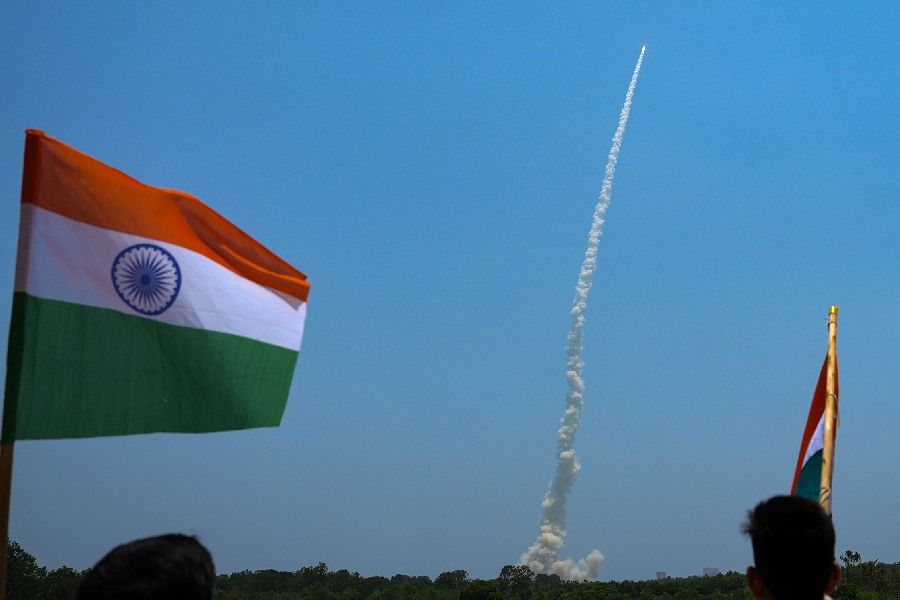After the launch of Chandrayaan-3 Moon lander and Aditya-L1 ventures, ISRO has readied a mission aimed at enhancing cutting edge scientific understanding in Astronomy.
XPoSat (X-ray Polarimeter Satellite) is India's first dedicated polarimetry mission to study various dynamics of bright astronomical X-ray sources in extreme conditions.
The spacecraft will carry two scientific payloads in a low earth orbit.
The primary payload POLIX (Polarimeter Instrument in X-rays) will measure the polarimetry parameters (degree and angle of polarization) in medium X-ray energy range of 8-30 keV photons of astronomical origin. The XSPECT (X-ray Spectroscopy and Timing) payload will give spectroscopic information in the energy range of 0.8-15 keV, according to ISRO.
"XPoSat is ready for launch," an official of the national space agency headquartered here said on Saturday. According to ISRO, the emission mechanism from various astronomical sources such as blackholes, neutron stars, active galactic nuclei, pulsar wind nebulae originates from complex physical processes and are challenging to understand.
While the spectroscopic and timing information by various space-based observatories provide a wealth of information, the exact nature of the emission from such sources still poses deeper challenges to astronomers, ISRO officials say.
"The polarimetry measurements add two more dimensions to our understanding, the degree of polarisation and the angle of polarization and thus is an excellent diagnostic tool to understand the emission processes from astronomical sources," ISRO said.
The polarimetric observations along with spectroscopic measurements are expected to break the degeneracy of various theoretical models of astronomical emission processes, the space agency said on the upcoming mission. This would be the major direction of research from XPoSat by the Indian science community.
POLIX is an X-ray Polarimeter for astronomical observations in the energy band of 8-30 keV. The instrument is made of a collimator, a scatterer and four X-ray proportional counter detectors that surround the scatterer, which is made of low atomic mass material which causes anisotropic Thomson scattering of incoming polarised X-rays.
The collimator restricts the field of view to 3 degree x 3 degree so as to have only one bright source in the field of view for most observations.
POLIX is expected to observe about 40 bright astronomical sources of different categories during the planned lifetime of XPoSat mission of about five years. This is the first payload in the medium X-ray energy band dedicated for polarimetry measurements.
XSPECT is an X-ray SPECtroscopy and Timing payload onboard XPoSat, which can provide fast timing and good spectroscopic resolution in soft X-rays.
Taking advantage of the long duration observations required by POLIX to measure X-ray polarization, XSPECT can provide long-term monitoring of spectral state changes in continuum emission, changes in their line flux and profile, and simultaneous long term temporal monitoring of soft X-ray emission in the X-ray energy range 0.8-15 keV.
XSPECT would observe several types of sources -- X-ray pulsars, blackhole binaries, low-magnetic field neutron star (NS) in LMXBs, AGNs and Magnetars.
Except for the headline, this story has not been edited by The Telegraph Online staff and has been published from a syndicated feed.










